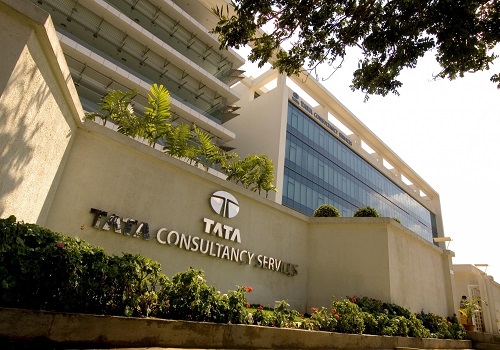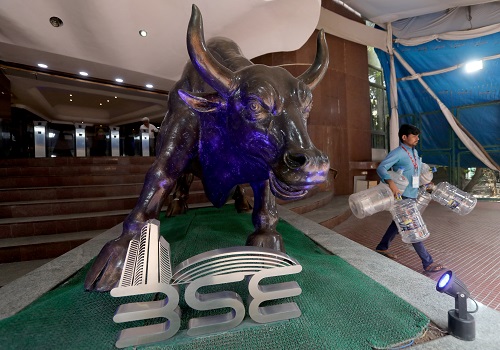India's SBI Life posts higher Q1 profit on demand for market-linked policies

India's SBI Life Insurance Company posted a 36% rise in first-quarter profit on Wednesday, as premiums were boosted by strong demand for market-linked products.
The insurer's profit rose to 5.2 billion rupees ($62 million) for the three months ended June 30 from 3.81 billion rupees, a year earlier.
Net premium income increased about 15%, while investment income rose 32%.
Demand for market-linked insurance plans (ULIPs) has jumped sharply in recent quarters driven by a rally in India's equity market. Benchmark indexes NSE Nifty 50 and the S&P Sensex hit record highs in recent months on strong economic growth outlook and foreign fund inflows. [.BO]
SBI Life's value of new business (VNB), or expected profit from new policies, rose 12% year-on-year to 9.7 billion rupees in the June quarter.
Annualised premium equivalent (APE) sales, a key metric that gives the annualised total value of all single premium and recurring premium policies, rose 20% to 36.4 billion rupees for the quarter.
ULIPs accounted for 61% of the company's overall product mix by APE for the quarter, compared to 53% a year earlier.
The rise in sales of ULIPs, which have a lower profit margin, has resulted in the contraction of the value of new business margins for insurers.
SBI Life's VNB margin declined to 26.8% for the April-June quarter from 28.8% a year earlier.
Peers, HDFC Life and ICICI Prudential Life also reported a drop in VNB margin for the June quarter.
SBI Life's shares ended 2.4% higher ahead of the results.
($1 = 83.6860 Indian rupees)























